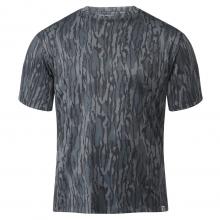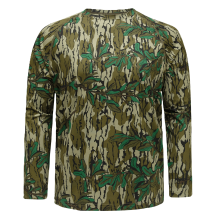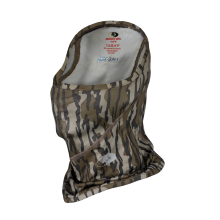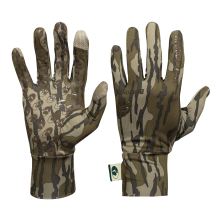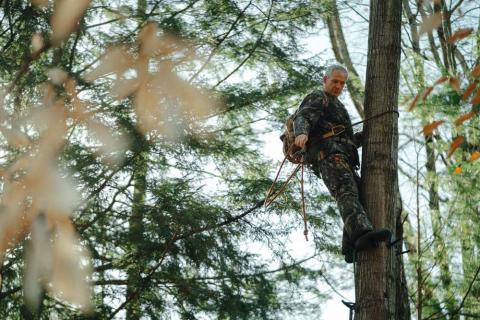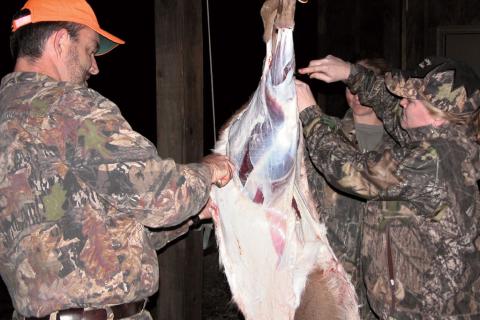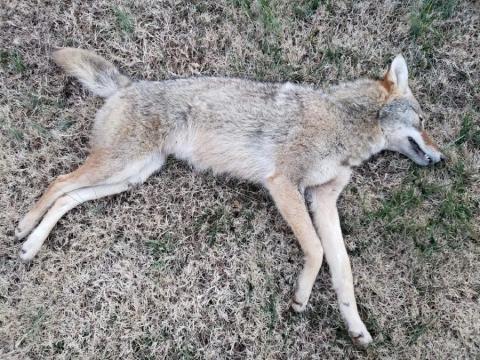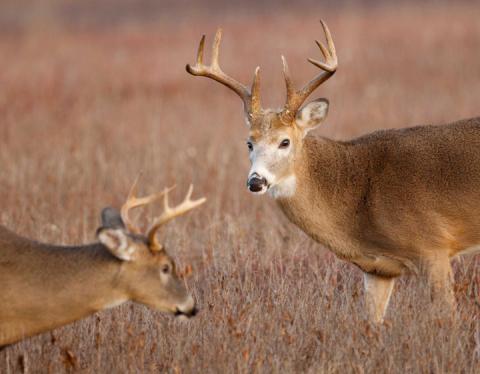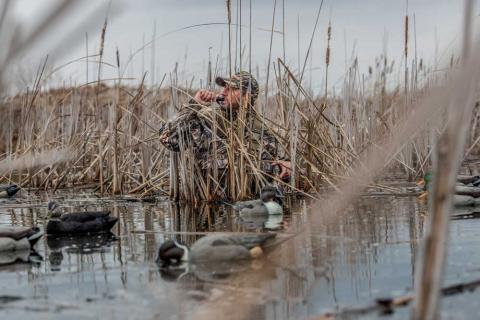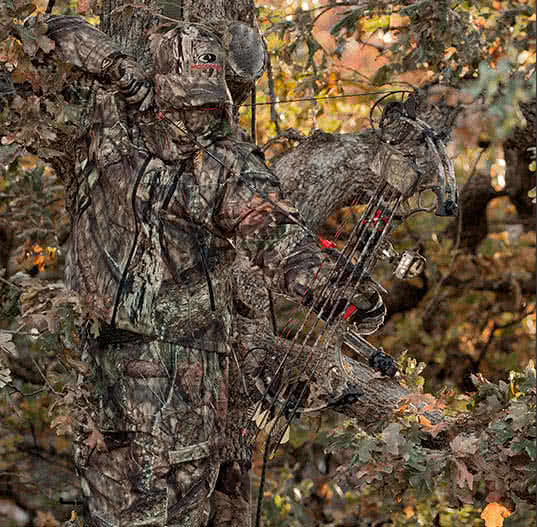Paul Annear
Grunting, chasing, crashing – flashes of a rack running full bore through timber. Thirty years ago, that’s how most whitetail hunters envisioned the rut. Modern bow hunting has changed over the years. Now, hunters plant pristine food plots, install comfortable box blinds, and play the long game by not pushing deep into their property until deer daylight on trail cameras.
During a small window each year, eating and sleeping become an afterthought in a buck’s mind. Which begs the question; do food plots matter right now? Do they influence movement and actually help you kill deer during peak rut? Let’s answer that question with some help from a legendary deer hunter.
How Does Your Farm Lay Out?

Some properties are great for deer, but not always great for deer hunting. There is a difference. How you can get in and out of your farm successfully without spooking deer will determine how much food you should plant, and how you can access and exit tree stands surrounding food plots.
Just because you have the ability to plant a bunch of food, doesn’t mean you should. Planting food might attract deer to portions of your farm where you don’t want them at certain times of the day anyways.
If you have food plots tucked in around hills and terrain to where you can hunt surrounding ridges near food successfully, food plots matter a lot during the rut! Setting up on a ridge somewhat removed from the plot can safely position you to have deer in your lap mid-morning as bucks work their way through bedding areas. When asked about secluded mico-plots, legendary hunter Mark Drury told me “If you’re inside a deer’s bedroom on food, that’s the ultimate for the rut, in my opinion.”
He continued, “I think they matter a great deal. We have food plots nestled into transitional zones where they’re traveling through anyways, and by planting food we give them a reason to stop by. We position them to where a doe may trickle through in range with a buck following. We also have food closer to bedding areas where the first hour and last hour can be quite good.”
It’s always smart to hunt doe groups during the rut, but bucks eventually have to feed. Again, how much you should focus on food during the rut probably depends on how well you can hunt around the food.
Drury said, “In pre-rut of late October – they’re magic. We do quite well on our food plots, but it really comes down to weather, food plot positioning, and the time of the rut you’re hunting them. If there is a time where they aren’t quite as effective, it’s probably during peak estrous or lockdown – food plots are probably not as effective during these times.”
To What Extent Are You Planting Food?
Clean entry access around food plots are important, but how much food you plant matters a lot too. If you’re planting just a few small food plots on an 80-acre piece of land where other neighbors are planting food, you may not be moving the needle very much unless your plots are tucked in close to bedding. This doesn’t mean those plots can’t be very successful at certain times of the year, but you most likely aren’t influencing the travel flow of an entire deer herd.
If you have the ability to plant upwards of 5-10 acres of food on an 80-acre parcel, this puts you in a position to drastically influence morning and evening deer movement throughout the rut – particularly evening time movement. Food like corn and soybeans will create a “destination field” effect, and influence movement. Your small, secluded plots can work in conjunction with your larger ones and see more of the midday movement if they are close to bedding.
Throughout the day, deer shift around quite a bit during the rut with all the activity. When major food sources are present, it isn’t uncommon for deer to get up in broad daylight and head towards an afternoon bedding location that sets them up to successfully move into a major food source during the evening hours. This is where staging areas come into play during the rut.
A staging area is a location where deer like to hang out near cover, just off a major food source or field. If you have deer hanging out near cover before entering your food plots, it means your food source is having a positive impact on deer movement. Staging areas around food can become critical rut hunting locations.
What Do You Have to Work With?
Some hunters are blessed with land that lays out well for food plots, others are not. If you have steep hills, waterways, or big timber that limits your ability to plant food, you’ll have to rely on traditional rut hunting by using terrain, edge and natural funnels.
Regardless of whether you have food plots to help influence your deer movement, relying on travel corridors is a sure way to get deer in front of your stand. Mark Drury uses trail cameras to help him decide whether it’s worth sitting over a food plot when other rut funnels exist. “If you don’t want to burn sits, put cameras over your plot for a year or two and let the cameras do the work so you can make future decisions on whether you want to try sitting on the plot.”
In the end, rut hunting comes down to time spent in a tree whether that is over a food plot or not. Playing the wind and time on stand usually pays off. If you can sweeten the pot with a secluded food plot that may catch a rutting buck cruising through, all the better, but nothing beats just being in the woods come November






